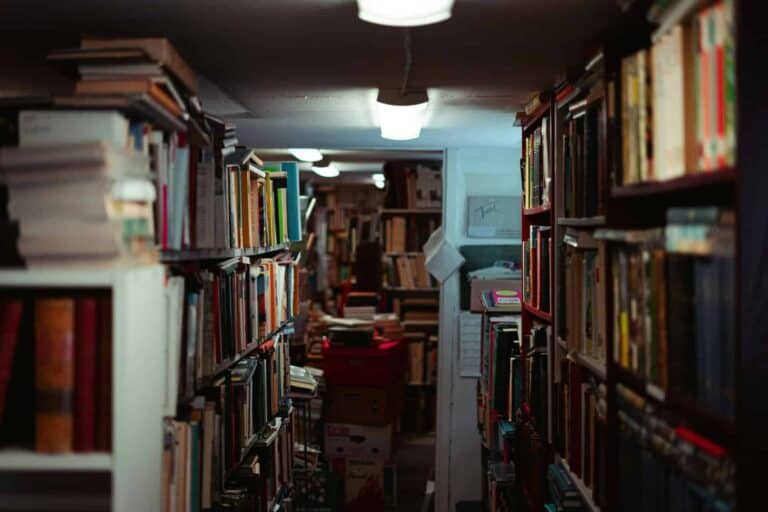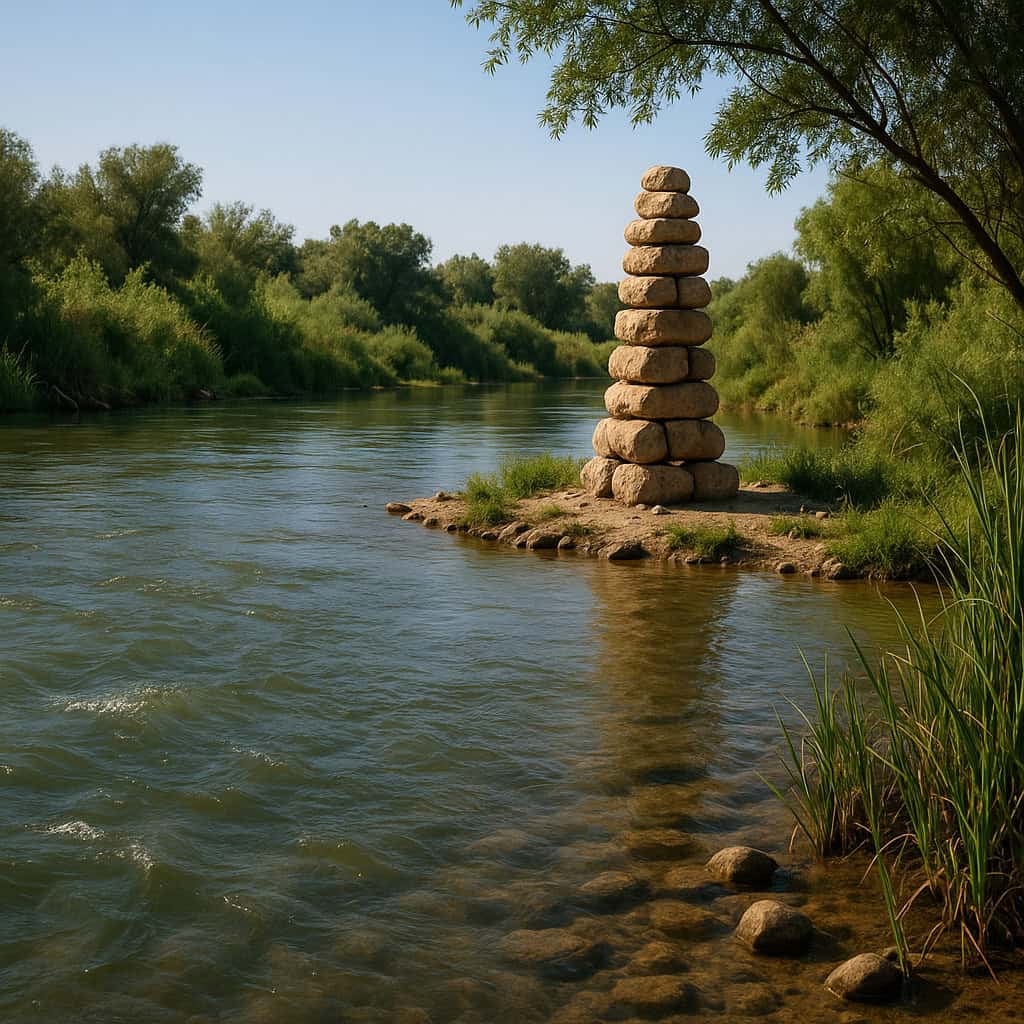What stuff? It’s all the family history stuff – you know, letters, documents, obituaries, funeral guest books, Bibles, photos, media (VHS, super 8 film, audio cassettes, etc.), family tree sheets (half-completed by some unknown person), newspaper clippings, annuals, and the list goes on and on.
Maybe you are the Family Historian by choice – active in genealogy and you have taken the family materials and researched further up to a level that fills many boxes (Binders? Folders? Loose?).
This quote reflects what I have observed about the friends I have in that genealogy world:
“Genealogists may not see eye to eye on the Perfect Organizational System for data and sources, but they will certainly agree that they would rather spend time finding ancestors than filing papers.” – Denise May Levenick [my emphasis added]
Or maybe you are the designated default Family Historian – you were the last one standing when cleaning out ancestral places. Or the family sibling structure voted you most likely to not return the boxes they put in your car while loading everything up.
In whatever way they came into your possession, you have much of the “stuff” I recited above.
Believe it or not, the Family Historian by default has much in common with the Family Historian by choice, the genealogist. These two points stand out:
#1 – Preserving records before they disappear
As the keynote speaker, Stephen J. Valentine, reported at a conference on family history and genealogy, “There is an urgent need for record preservation. We take for granted that old records will always be there. But they won’t. The information you may need about your family history may be deteriorating in an archive right now, or it may sit in the path of a coming natural disaster. It’s a race against the clock.”
Is your basement or storage space that “archive”? Do you sit in a path vulnerable to natural disasters? Just nod your head “yes” – we all are there.
So what is the answer? It was in a, believe it or not, genealogy expert’s top recommendations. “You have to get out of the paper business” was the statement. The expert was not saying to get rid of the paper. No, the point was that it all needs to be put in a digital form. Direct quote — “you have to get all those things digitized.”
Then think about it – where you send those digitized images is just as important. They need to go to what I call “better than a fireproof safe” — permanent storage (guaranteed for 100+ years) that you own, not rent. And, I suspect, cheaper than a fireproof safe.
#2 – Organizing what you have in order to achieve your goals
How do you plan to use the family history items you have? And what do you intend to achieve, your ‘final goal’, if you will.
Some who enter genealogy work have a main goal to trace their family as far back as possible. But I have watched many (and I am one of those) who narrowed that down to focusing on the last 3-4 generations. Just pulling together the information and social history relevant to their lives. Making those ancestors come alive with a well-rounded search of the details is valuable.
Whether you are a genealogist or a newbie to the family historian status, getting the relevant materials organized so they are alongside the proper person, in a chrono order adding in social history and media makes it possible to envision the living, breathing life of your ancestor.
And in either family historian category, you likely still have memories and personal information about the 1-2 generations above you. Maybe even great-grandparents’ memories from your childhood. Capturing those snips and pieces would be invaluable. That might be your only goal – it is still a great one. And you can integrate your stories and memories with the items you “inherited” placing them all together in a simple container.
What’s important about the “container” I am talking about, the one that is better than a fireproof safe? Key attributes you want it to have:
- Cloud storage that uses modern technology and investment economics to keep your digital items safe and available for generations (100+ years), so there is no ‘natural disaster’ or deterioration danger
- Transfer of old formats to newer ones happens automatically
- Storage you own, not rent, so it is not in a “failed subscription” type of danger
- It’s private, no data mining or advertising involved
- It’s shareable; anytime and anywhere (yes, including phone) access let’s you organize, enjoy and share with others as you like
- You are in control but when you are no longer active, the memories are safeguarded and your family can access it easily (without it taking space in their homes or requiring them to do anything)
And why is this important? I believe we all want peace and enjoyment to be our final goal after we have transferred and organized our valuable items to this safe digital vault.
That is the end game of my Family History Bootcamp. It will step-by-step walk one through the “work along” setup to build a digital container, put the organized structure inside it, and within the 3-hour bootcamp get it ready to receive your family history “stuff” which has been digitized. The structure provides an easy to manage and navigate system – easy to fill it and easy to use it to meet any of your research goals or primarily your safeguarded storage goal.
So here’s my “ask”!
I have a Family Historian Quiz I am going to use in marketing the Bootcamp. I need testers who will take the quiz and give me feedback that will help me do my final tweaks. If you are willing to take a few minutes (2-3 perhaps) to fill it out for me, I would be ever-so-grateful!
Click HERE to take the quiz.



